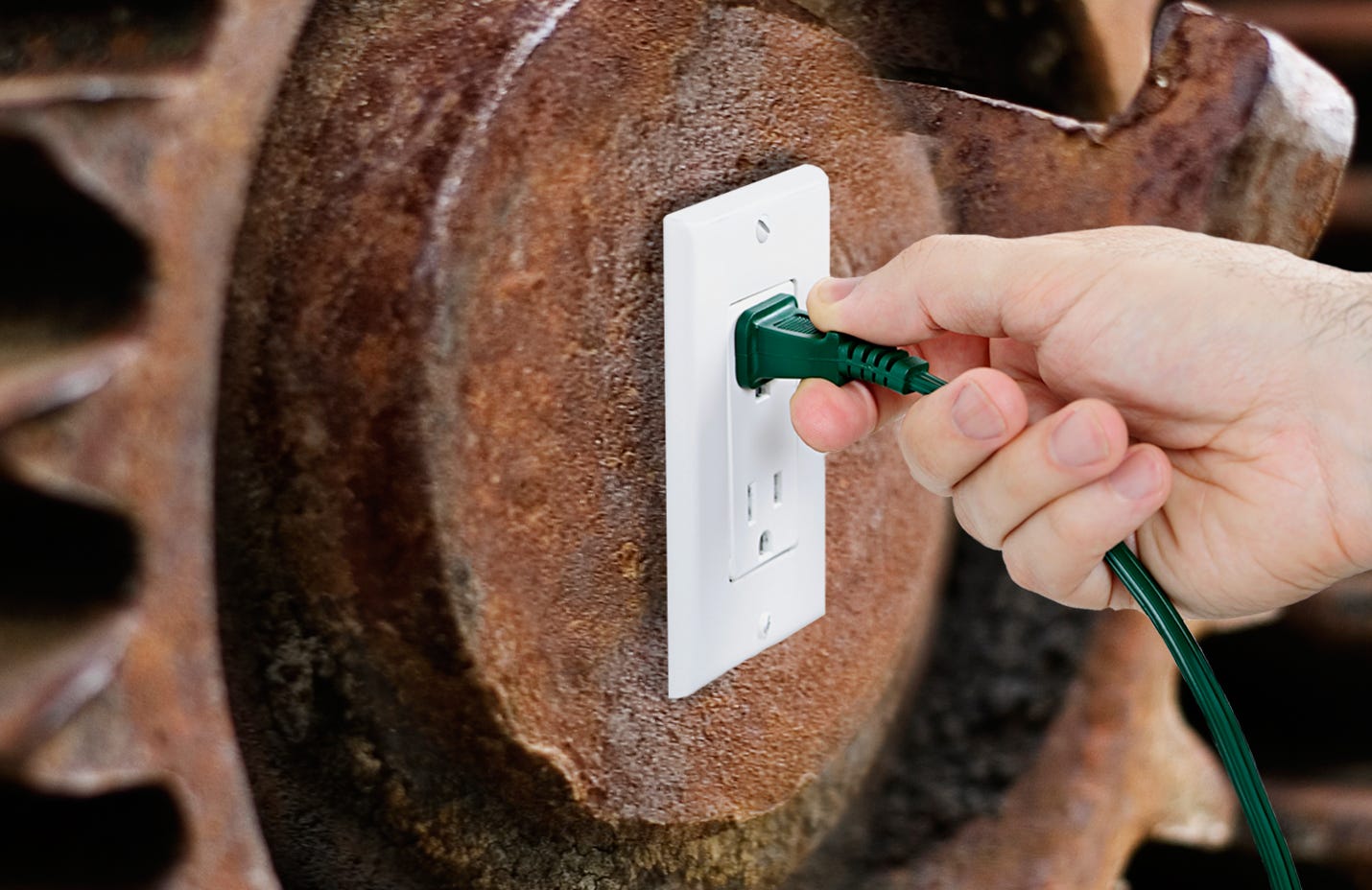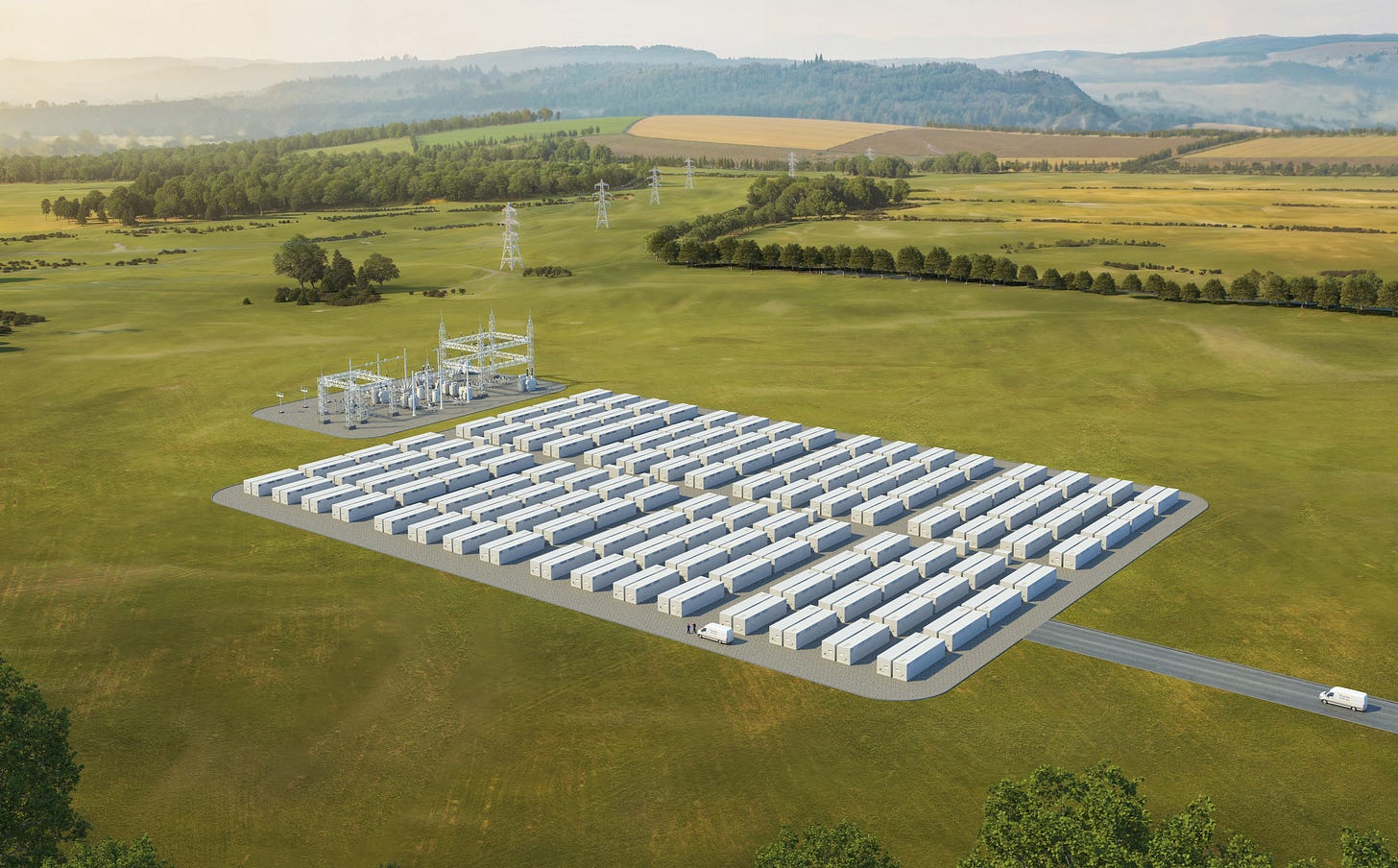A matter of rust: how iron-air batteries turn corrosion into power
This tech is coming to multiple locations in the US – and also Ireland

Marvin Kosin has opened up batteries and seen it for himself. A layer of rusty metal inside. Exactly what he wants.
Kosin, a scientist, studies iron-air batteries at the Fraunhofer Institute for Environmental, Safety and Energy Technology UMSICHT in Germany. Inside these experimental batteries lies iron powder that gets rusty when it discharges electricity, but which returns to clean-looking iron powder when the battery is charged up. “It goes from a brownish colour to a black colour,” says Kosin.
He and colleagues have been working on this technology as part of a research project called HiLuGen. That reversible rusting process, in which iron reacts with hydroxide ions, triggers a transfer of electrons – either into the system when charging, or out of it when discharging.
“We need a battery system made from abundant materials, from non-toxic materials,” Kosin explains. Iron fits the bill. Unlike lithium, used in many batteries today, iron is one of the most abundant elements on the planet.
Proponents of iron-air batteries say the tech could revolutionise multi-day, grid-scale energy storage by soaking up surplus energy, particularly from solar and wind, and sending it back out to the grid when needed.
Now, iron-air batteries are on the cusp of going from the lab to commercial scale facilities.
Keep reading with a 7-day free trial
Subscribe to The Reengineer to keep reading this post and get 7 days of free access to the full post archives.



